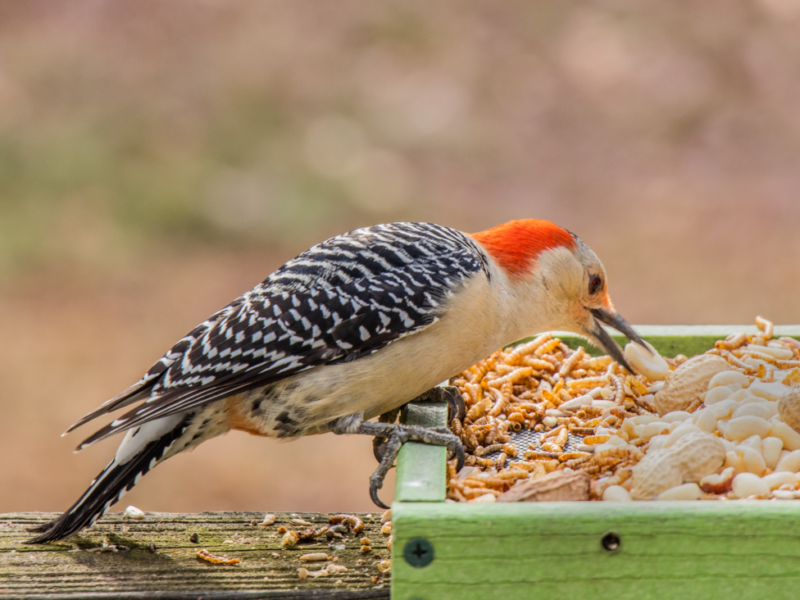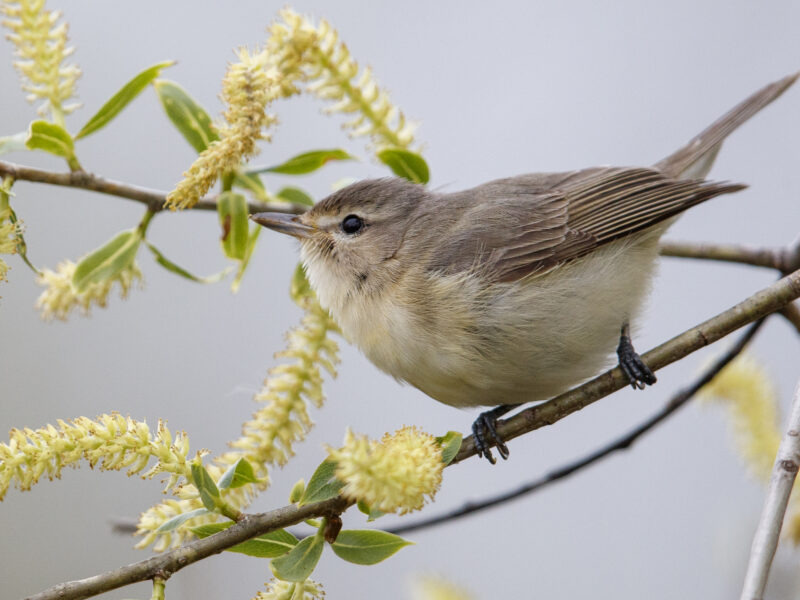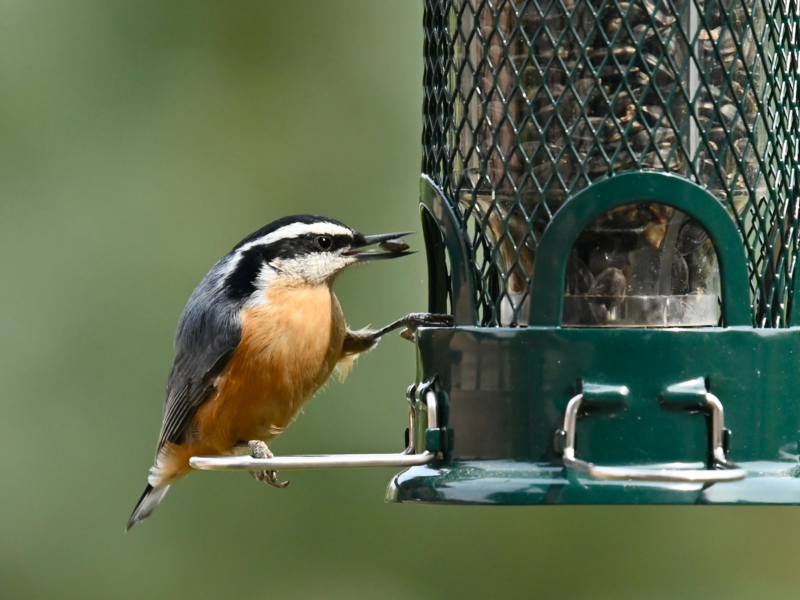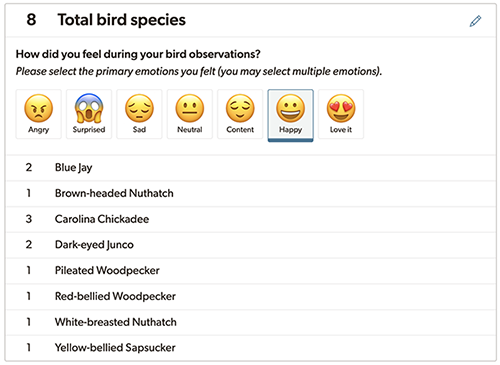| Evening Grosbeaks by Alison Bezubiak | For the eighth season in a row, Project FeederWatch and our sponsor Wild Birds Unlimited are rewarding registered FeederWatchers with the chance to win prizes. Celestron has joined the fun by offering...
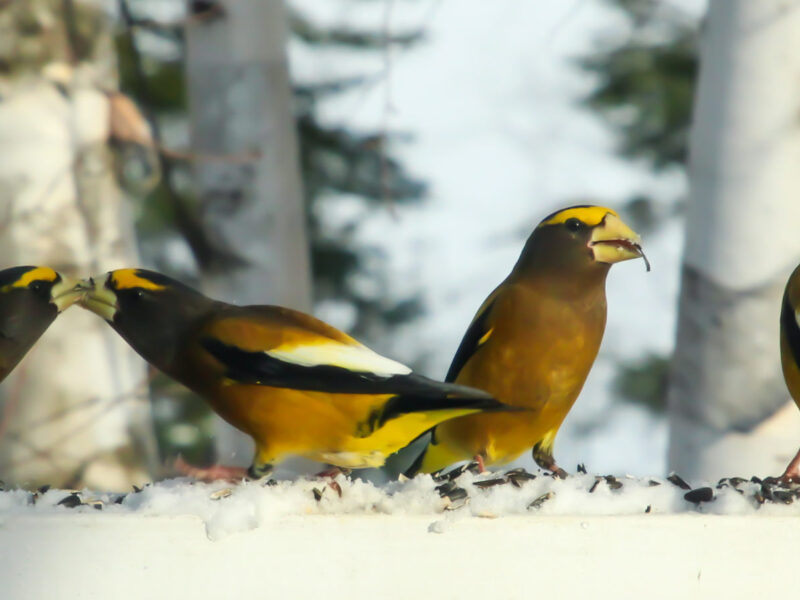
| Evening Grosbeaks by Alison Bezubiak |
For the eighth season in a row, Project FeederWatch and our sponsor Wild Birds Unlimited are rewarding registered FeederWatchers with the chance to win prizes. Celestron has joined the fun by offering one pair of binoculars to each data entry contest winner as well. After entering counts into the FeederWatch website, participants have the opportunity to share a story, memory, or tip by clicking the “Enter to Win” button on the Count Summary page. We randomly select two winners per prompt. Our first Data Entry contest prompt this season was:
What’s your favorite bird to see at your feeders? Do you wait all season for a glimpse of it, or does it come every day? Share with us what makes that species so special to see at your feeders!
Congratulations to our winners, Ellen Reeves and Thomas Ryon!
Ellen shared:
I love to see Brown-headed Nuthatches in my yard and at my feeders. Sometimes only one will come to the feeder, but often a whole family of Brown-headed Nuthatches will come – all of them calling, talking and chattering to each other. They are small bundles of cheerfulness and energy! Unlike other greedy birds who linger at the feeders, the nuthatches take only one sunflower seed at a time and hurry off with it to a secret place. They come to the feeders almost every day. Most of the time, I hear them coming before actually seeing them. They are fun be around, like a noisy family at dinner time. It is a special part of my day when the brown-headed nuthatches come to the feeders!
Brown-headed Nuthatches will often store extra seeds for later in a cache, such as under a loose piece of bark or in a tree crevice, sometimes using bark chips to cover it up. These nuthatches primarily eat spiders and insects, but will also come to feeders if sunflower seeds, suet, peanuts, or mealworms are offered. You can learn how to attract birds, like these nuthatches, by using Project FeederWatch’s Common Feeder Birds Interactive Tool to learn each species’ food and feeder preferences.
Thomas shared:
I enjoy seeing the Evening Grosbeaks every year. They are most often on my property in fall and I usually hear them before I see them. Then, I see many in the trees, shrubs, and at the feeder. They take over for about a half hour and then the whole group will move somewhere else. I enjoy their yellow, black, and white colors, and seeing all the individuals of different sizes, age, and patterns. FeederWatch has helped me appreciate the grosbeaks all the more.
A heavyset finch of northern coniferous forests, the Evening Grosbeak adds a splash of color to winter bird feeders. Some participants in Canada may see them at their feeders annually, but in years with poor cone crops, large flocks depart their northern breeding grounds en masse to seek food sources in the south. Evening Grosbeaks prefer black-oil sunflower seeds at feeders, but will also forage on the seeds, berries, and buds of trees and shrubs—especially maples. It can be hard to predict when this irruptive species will show up at feeders. In the meantime, check out the Cornell Lab Bird Cams’ Ontario FeederWatch Cam to catch a live view of these beautiful boreal birds!
Thanks to everyone who participated and shared their stories – we wish we could share all of your submissions! Read the stories from past winners on our blog. Email feederwatch@cornell.edu with questions. Stay tuned for when we announce our next data entry contest winners on January 9th, 2024.
Interested in becoming a FeederWatcher? Join the fun now!

The post Data Entry Contest: What’s your favorite bird to see at your feeders? appeared first on FeederWatch.



